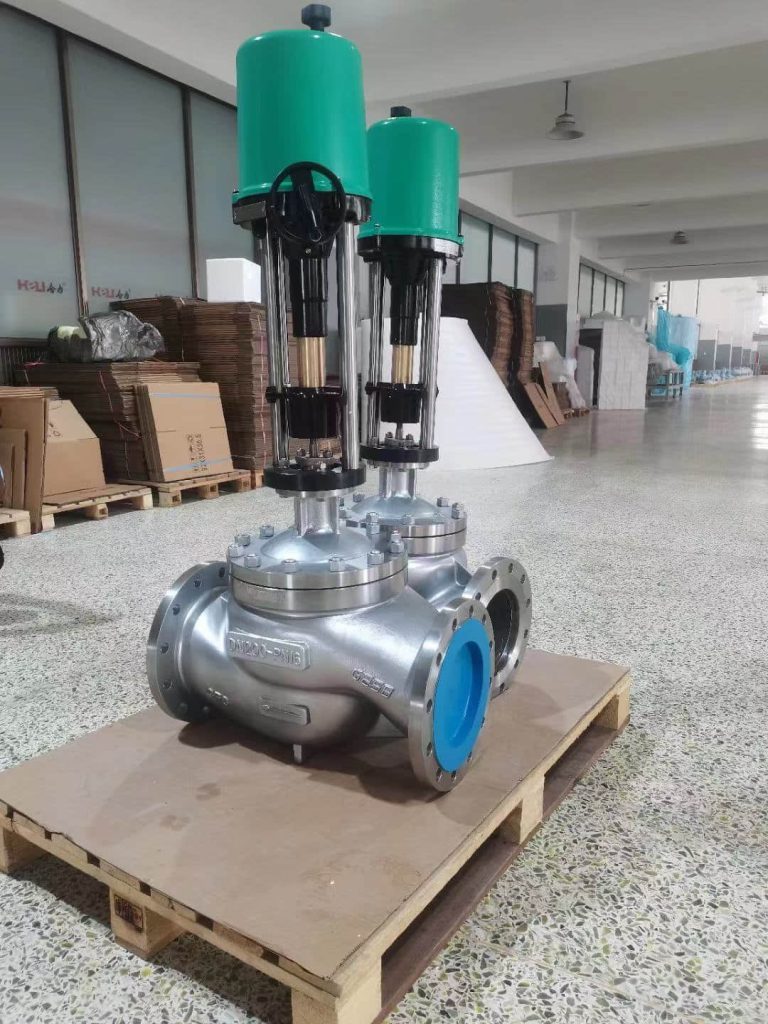Electric single seat regulating valves are crucial components in various industrial processes, offering precise control over fluid flow. These valves are designed to regulate the flow of liquids or gases, making them essential in applications ranging from water treatment to chemical processing. In this article, we will delve into the functionality, advantages, applications, and maintenance of electric single seat regulating valves.

What is an Electric Single Seat Regulating Valve? An electric single seat regulating valve consists of a single plug that sits on a seat to control flow. The valve’s operation is powered by an electric actuator, which translates electrical signals into mechanical movement. This design allows for efficient flow regulation, making it ideal for processes that require accurate control over pressure and flow rates. Functionality The primary function of an electric single seat regulating valve is to modulate flow based on input signals from a control system. The valve can be fully opened or closed, but its unique design allows it to operate in a partially open state, providing a continuous flow rate. The actuator receives signals from a process controller, adjusting the position of the valve to maintain desired conditions, such as temperature or pressure.